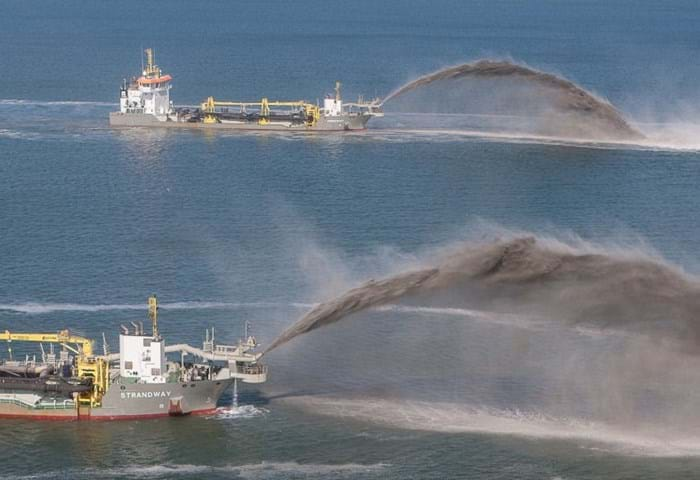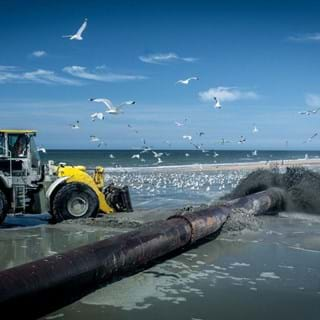We have expanded our activities from our traditional dredging-related operations, which include the construction and maintenance of ports and waterways, land reclamation, coastal defense and riverbank protection. Today, Boskalis also offers a wide variety of marine services and contracting to the offshore energy sector. In addition, we provide emergency response and salvage through SMIT and terminal services through Smit Lamnalco.
Fleet and equipment
Find out more about our fleet and equipment




